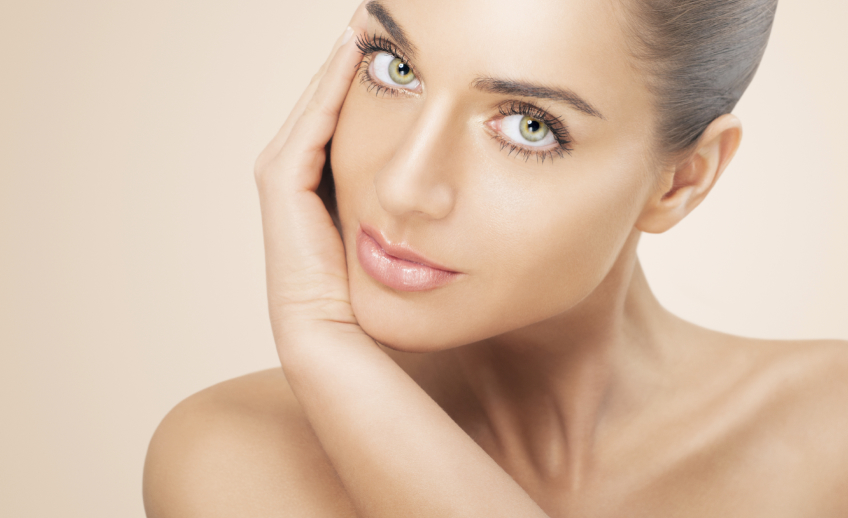What is BOTOX?
Botulinum toxins are polypeptide protein produced by anaerobic clostridium botulinum bacteria. In the active form the toxin is composed of a light chain; neurotoxic fraction, and a heavy chain; responsible of serotype specificity, connected by disulfide bond.
Uses of BOTOX
BTX-A reduces dynamic wrinkles especially in the upper face (common indications include glabellar lines, forehead wrinkles & crow’s feet). Dose based on sex and muscle mass. Botox also is used for treatment of axillary and palmer hyperhydrosis with very good results.
How does BOTOX work?
Botulinum toxin type-A (BTX-A) reversibly blocks neuromuscular transmission through irreversible inhibition of acetylcholine exocytosis at motor endplate by selective cleavage of SNAP-25 protein, then recovery occurs by neural plasticity; in response to this nerve block new synapse with adjacent muscle fiber develops through a process of budding at the axonal end. So, Botox injection must be repeated at regular intervals, depending on the indication.
Botulinum toxin may take 3–8 days to show effect, advice patients not to expect immediate results. It is recommended that patients remain vertical for 2–3 hours after the injections and utilize the treated muscles as much as possible in the 60 minutes subsequent to injection to promote binding of the toxin. Patients are urged to avoid manipulation of the treated areas for several hours post injection.
EFFICACY
Peak efficacy occurs in 3–4 weeks and declines after 3–4 months. However, there are some individuals who experience sustained efficacy for as long as 6–12 months.
Botox must be stored in a refrigerator (2-8 C) or in a freezer below (-5 C). After reconstitution, it is recommended to be used immediately or within 24 hours, to be stored in a refrigerator (2-8 C).
Side effects
The most frequently reported adverse effects following injection of BOTOX are headaches, ptosis (drooping upper eye lid), other common side effects include difficulty in completely closing the eye & overflow of tears, injection-site reactions as pain, redness, edema & uncommonly skin tightness or visual disturbance.
Contraindications of Botox injection include pregnancy and breast feeding, children under 12 years old or under 18 years for hyperhydrosis, hypersensitivity to one of the components, inflammation at the injection site, myoneural junction diseases, coagulation problems & poorly adapted psychological profile.

